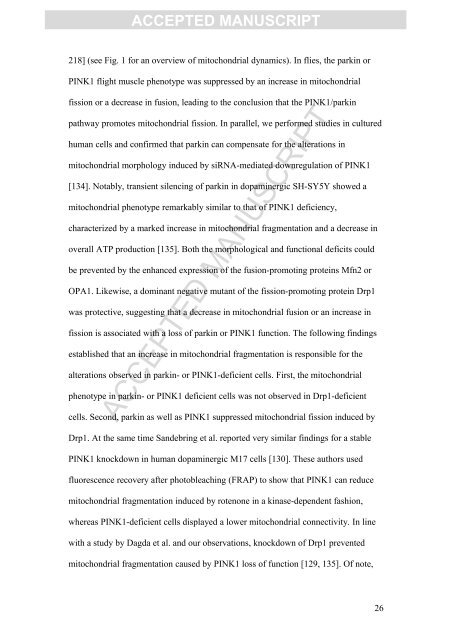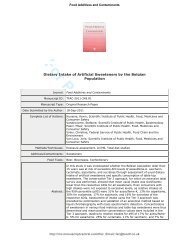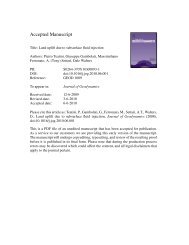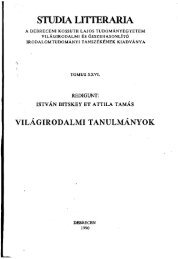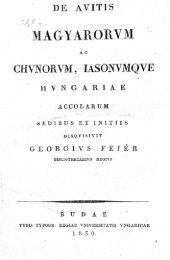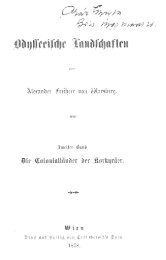accepted manuscript
accepted manuscript
accepted manuscript
Create successful ePaper yourself
Turn your PDF publications into a flip-book with our unique Google optimized e-Paper software.
ACCEPTED MANUSCRIPT<br />
218] (see Fig. 1 for an overview of mitochondrial dynamics). In flies, the parkin or<br />
PINK1 flight muscle phenotype was suppressed by an increase in mitochondrial<br />
fission or a decrease in fusion, leading to the conclusion that the PINK1/parkin<br />
pathway promotes mitochondrial fission. In parallel, we performed studies in cultured<br />
human cells and confirmed that parkin can compensate for the alterations in<br />
mitochondrial morphology induced by siRNA-mediated downregulation of PINK1<br />
[134]. Notably, transient silencing of parkin in dopaminergic SH-SY5Y showed a<br />
mitochondrial phenotype remarkably similar to that of PINK1 deficiency,<br />
characterized by a marked increase in mitochondrial fragmentation and a decrease in<br />
overall ATP production [135]. Both the morphological and functional deficits could<br />
be prevented by the enhanced expression of the fusion-promoting proteins Mfn2 or<br />
OPA1. Likewise, a dominant negative mutant of the fission-promoting protein Drp1<br />
was protective, suggesting that a decrease in mitochondrial fusion or an increase in<br />
fission is associated with a loss of parkin or PINK1 function. The following findings<br />
established that an increase in mitochondrial fragmentation is responsible for the<br />
alterations observed in parkin- or PINK1-deficient cells. First, the mitochondrial<br />
phenotype in parkin- or PINK1 deficient cells was not observed in Drp1-deficient<br />
ACCEPTED MANUSCRIPT<br />
cells. Second, parkin as well as PINK1 suppressed mitochondrial fission induced by<br />
Drp1. At the same time Sandebring et al. reported very similar findings for a stable<br />
PINK1 knockdown in human dopaminergic M17 cells [130]. These authors used<br />
fluorescence recovery after photobleaching (FRAP) to show that PINK1 can reduce<br />
mitochondrial fragmentation induced by rotenone in a kinase-dependent fashion,<br />
whereas PINK1-deficient cells displayed a lower mitochondrial connectivity. In line<br />
with a study by Dagda et al. and our observations, knockdown of Drp1 prevented<br />
mitochondrial fragmentation caused by PINK1 loss of function [129, 135]. Of note,<br />
26


